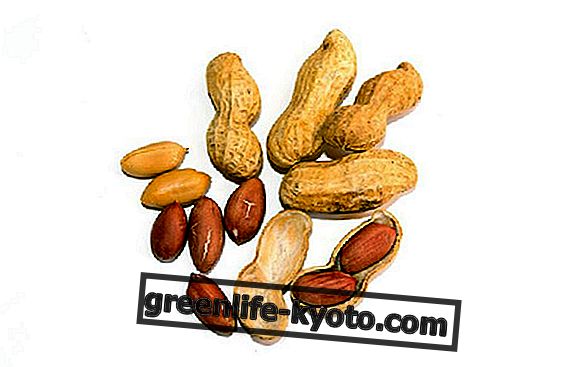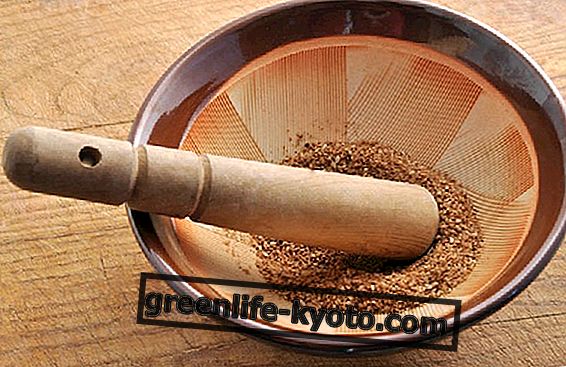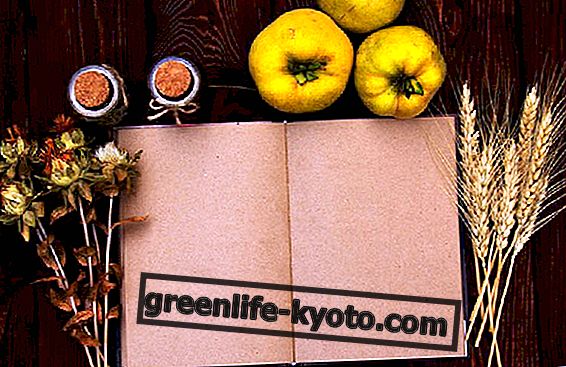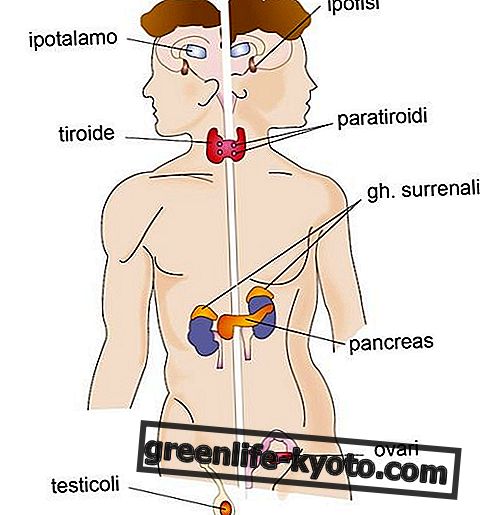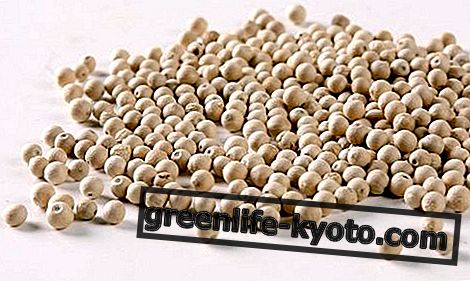Vitamins are a set of organic molecules different from each other, which cannot be produced by the body and therefore must be introduced through food. These are micronutrient bioregulators essential for the body to regulate fundamental growth processes and cellular chemical reactions. We discover their properties.
>
>
>
>

Vitamin classification
Vitamin, or amine of life, is the name with which the Polish scientist Casimir Funk had identified in 1912 a new organic compound indispensable to human life. From its research onwards, about twenty vitamins have been discovered to date.
The classification of vitamins is based on their solubility. If they can be dissolved in fat substances they are called liposoluble, in water-soluble water.
The fat-soluble vitamins are stored in the liver and represent a reserve for the body.
The water-soluble vitamins are not accumulated, therefore it is essential to introduce them daily through a varied diet.
The water-soluble vitamins are vitamin C and all those of group B, while the fat-soluble vitamins are those of groups A, E, D, K. Vitamins are dedicated to specific tasks and their deficiency can cause malfunctioning or dysfunction of the organism. Here is some general guidance on the properties of vitamins essential to the body .
Vitamin C and vitamin B, water-soluble group
Vitamin C or ascorbic acid is the main natural antioxidant, prevents damage caused by free radicals and cardiovascular diseases. Vitamin C is also important for strengthening the body in cases of respiratory diseases, bronchitis, colds, allergic symptoms, joint disorders.
B vitamins are essential for the growth and healthy development of the organism, in fact they play a fundamental role in enzymatic and protein activity, transforming food into energy and regulating the body's chemical reactions.
THE ORANGES, PRECIOUS ALLIES. THE ROLE OF VITAMIN C
Group B vitamins play an important role in many body functions. Vitamin B1 (thiamine) and vitamin B2 (riboflavin) help the body produce energy and support the enzymes responsible for working muscles, nerves and the heart. Vitamin B3 (niacin) plays an important role in energy production in cells and helps maintain the skin, nervous system, and health of the digestive system. Vitamin B5 (pantothenic acid) and vitamin B12 (cobalamin) influence body growth and development. Vitamin B6 (pyridoxine) comes into play in the breakdown of proteins and carbohydrates, as well as helping the body produce hormones. Vitamin B9, folic acid, is responsible for the creation of DNA and is relevant to the production of red blood cells. Some fruits, such as durian, have a combined richness of vitamins B1, B6 and B2.
Fat-soluble group: vitamins A, E, D, K
Vitamin A is a vitamin that is found both in the form of retinol of animal origin, and as provitamins of vegetable origin, the carotenoids. The latter are transformed into the liver in vitamin A. Vitamin A is indispensable not only for sight and skin, but also for cell differentiation. Essentially it is necessary for the growth, reproduction and integrity of the immune system.
Vitamin E acts as an antioxidant neutralizing free radicals, strengthens the capillary wall, prevents sterility. Natural vitamin E is four times higher than synthetic; its deficiency causes fragility in platelets and red blood cells, as well as tissue oxidation. It is also essential for the proper functioning of the immune system, metabolism and reproductive system. Numerous studies have shown that the introduction of high-dose vitamin E can reduce the risk of heart attack and stroke.
Vitamin D allows the absorption of calcium and phosphorus in the intestine, determines the mineralization of bone and cartilage. Vitamin D is essential for maintaining a regular heart rhythm.
Vitamin K is essential for liver synthesis, it is important for the regulation of blood coagulation processes, specifically it contributes to the formation of prothrombin; it is also important for the formation of proteins useful to tissues and bones.
In addition to these main vitamins, there are others in the body: vitamin F, the youngest of all, PP, folic acid and vitamin H.
The unit of measurement of vitamins, apart from vitamin C, is the International Unit (IU) which corresponds to an established weight standard which is generally milligram (mg). Among the main enemies and antagonists of vitamins are: extracts of glands and hormones; saline purgatives; paraffin and vaseline oil; allopathic (traditional) medicines; salicylic preparations; barbiturates; anti-arthritis; the sulfa drugs; arsenobenzoles and antibiotics. The action of heat can completely destroy vitamin C and alter other vitamins. Refined sugar (and derivatives) can destroy the B vitamins, especially B6.
Our vitamin factsheets
Vitamins are presented here based on where they are, or in which foods they are contained, how they are reported in the body, what their function is and the best way to assimilate them. A specific section is dedicated to their lack, to the consequences it causes, to the best way to integrate; another section focuses on the effects of their excess. The pathologies that are triggered when the vitamin supply is unbalanced in our body are also taken into consideration.


